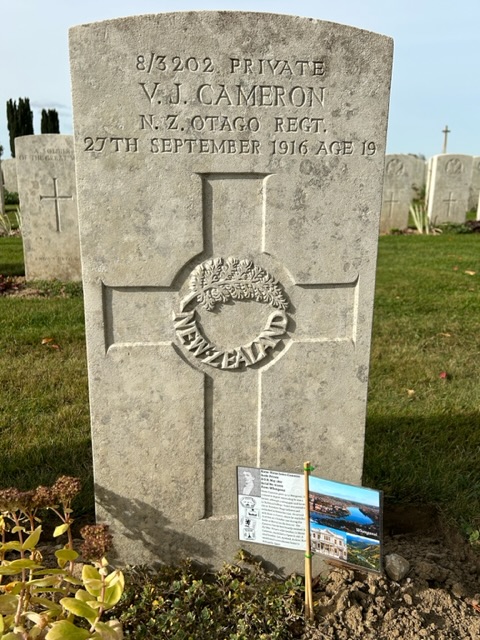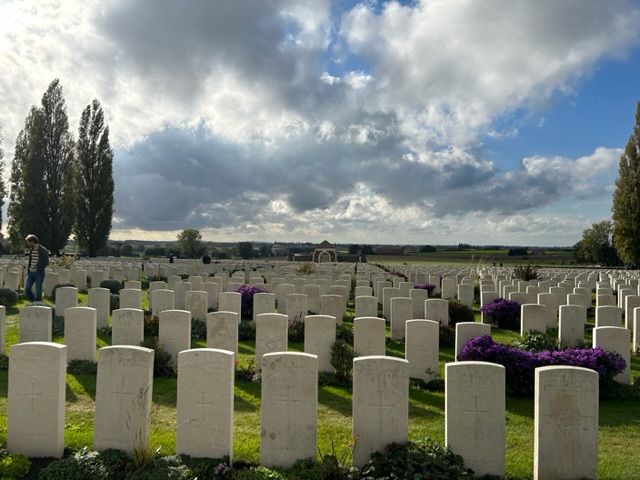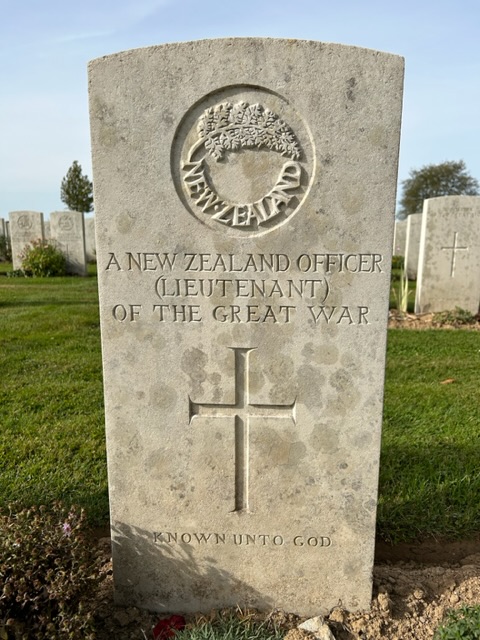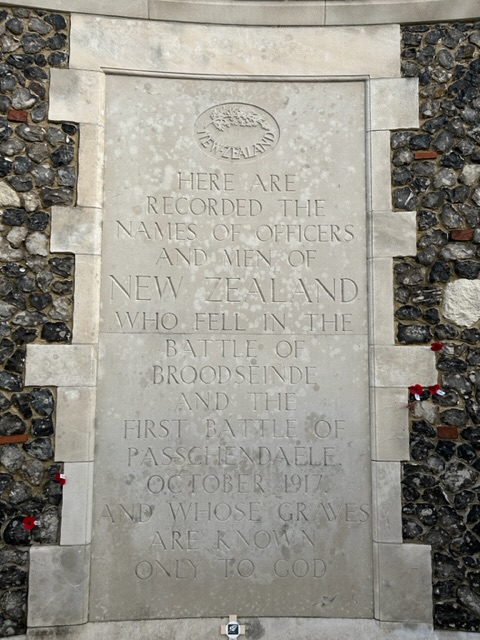On December 23:
1732 Richard Arkwright, English industrialist and inventor, was born.
 Richard Arkwright by Joseph Wright of Derby
Richard Arkwright by Joseph Wright of Derby
1822 Wilhelm Bauer, German engineer, was born.

1867 Madam C.J. Walker, American philanthropist and tycoon, was born.

1893 The opera Hänsel und Gretel by Engelbert Humperdinck was first performed.

1913 The Federal Reserve Act was signed into law by President Woodrow Wilson, creating the Federal Reserve.

1914 World War I: Australian and New Zealand troops arrived in Cairo, Egypt.
1925 Rayner Unwin, British book publisher, was born.
1933 Akihito, Emperor of Japan, was born.

1937 First flight of the Vickers Wellington bomber.
1938 Discovery of the first modern
coelacanth in South Africa.
1947 The transistor was first demonstrated at Bell Laboratories.
 A replica of the first working transistor
A replica of the first working transistor
1951 Anthony Phillips, British musician (Genesis), was born.

1953 Queen Elizabeth II arrived in New Zealand, the first reigning monarch to visit.

1954 The first human kidney transplant is performed by Dr. Joseph E. Murray at Peter Bent Brigham Hospital in Boston, Massachusetts.
1958 Dedication of Tokyo Tower, world’s highest self-supporting iron tower.

1964 Eddie Vedder, American musician (Pearl Jam), was born.

1970 The North Tower of the World Trade Center in Manhattan was topped out at 1,368 feet (417 m), making it the tallest building in the world.

1972 The Nicaraguan capital of Managua was struck by a 6.5 magnitude earthquake which killed more than 10,000.
1972 The 16 survivors of the Andes flight disaster were rescued after 73 days, having survived by cannibalism.
1986 Voyager, piloted by Dick Rutan and Jeana Yeager, lands at Edwards Air Force Base in California becoming the first aircraft to fly non-stop around the world.
1990 In a referendum, 88% of Slovenia‘s population vote for independence from Yugoslavia.
2002 A MQ-1 Predator is shot down by an Iraqi MiG-25, making it the first time in history that an aircraft and an unmanned drone had engaged in combat.
2004 Macquarie Island in the Southern Ocean was hit by an 8.1 magnitude earthquake.
2005 Chad declares a state of war against Sudan following a December 18 attack on Adré, which left about 100 people dead.
Sourced from NZ History Online and Wikipedia.








 Posted by homepaddock
Posted by homepaddock 


























